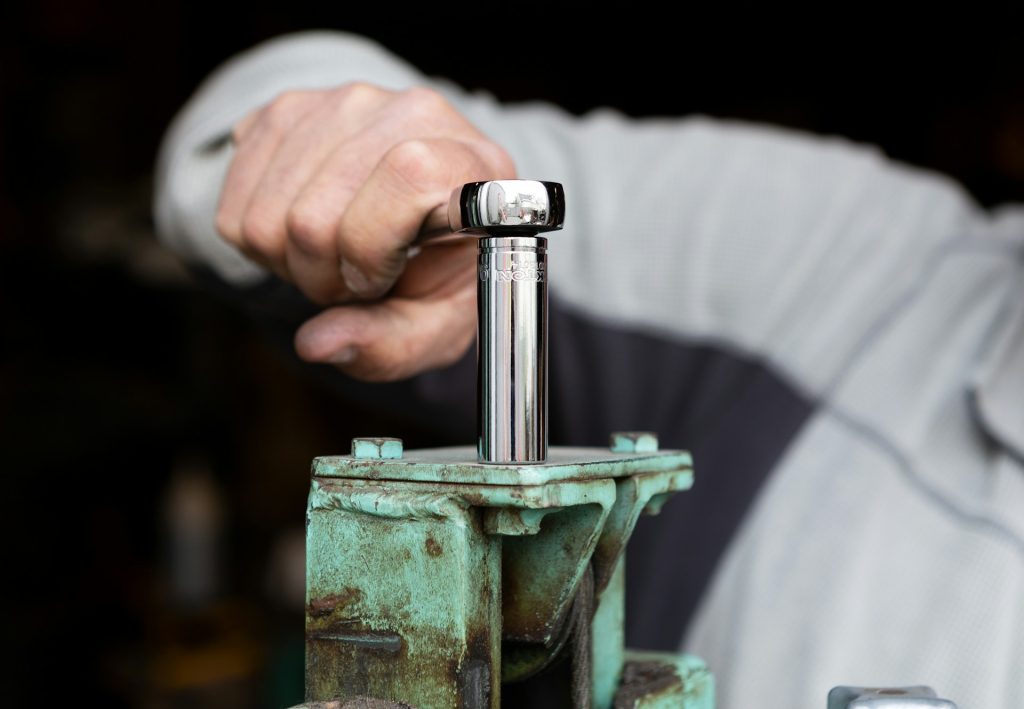Mechanics liens are a powerful legal tool in the construction industry, granting contractors, subcontractors, and suppliers a way to secure payment for their work or materials. This guide outlines the process of filing a mechanics lien in Pennsylvania.
Mechanics Lien Basics
Mechanics liens, also called construction liens, give an individual or company a stake in the property title where they worked or provided materials but weren’t paid. Pennsylvania mechanics lien laws govern these liens.
Key Terms
- Owner: The property owner where work was done.
- Contractor: The company or person with a direct contract with the owner to perform work.
- Subcontractor: A company or person contracted by a contractor or another subcontractor to do work, excluding architects and engineers.
- Substantial Completion: When the last major work or materials are delivered, even if minor details remain.
Eligibility for Filing
In Pennsylvania, both contractors and subcontractors can file liens. However, subcontractors may have limitations, particularly with residential properties. If the owner or tenant fully paid the contractor, or the property is the owner’s or tenant’s residence, a subcontractor may not be eligible.
Filing Process
Filing a mechanics lien involves several crucial steps:
- Preparing the Form: Download the Pennsylvania mechanics lien form and fill it out accurately. Include details like claimant information, property owner details, completion date, hiring party details, required notice dates, contract identification, services provided, amount claimed, and property description.
- Recording the Lien: Once complete, file the form with the county recorder or prothonotary in the county where the property is located. The deadline to file is strictly within 6 months of the last work or materials supplied.
- Serving Notice: After filing, deliver a copy of the lien to the property owner and file an Affidavit of Service with the county clerk. This must be done within one month of filing the claim.
Protecting Your Rights
Understanding Pennsylvania’s notice requirements is vital. While contractors with a direct contract with the owner don’t need a preliminary notice, anyone else might.
Defenses and Discharge
Property owners can challenge mechanics liens with procedural defenses, like failing to meet notice requirements or improperly serving the notice or lien claim. A lien can be discharged if the owner deposits the claimed amount with the court, provides approved security, or obtains a court order.
Enforcing the Lien
If payment remains unresolved, the lien claimant can enforce the lien by getting a judgment on the claim. In Pennsylvania, a complaint to enforce a lien claim must be filed within 2 years of filing the claim.
Conclusion
Filing a mechanics lien requires close attention to detail and following deadlines. This guide provides a foundation, but consulting an attorney is recommended to ensure your lien’s validity and protect your payment rights. Remember, a mechanics lien is a powerful tool to secure payment for construction work or materials. Use it wisely to safeguard your interests.

